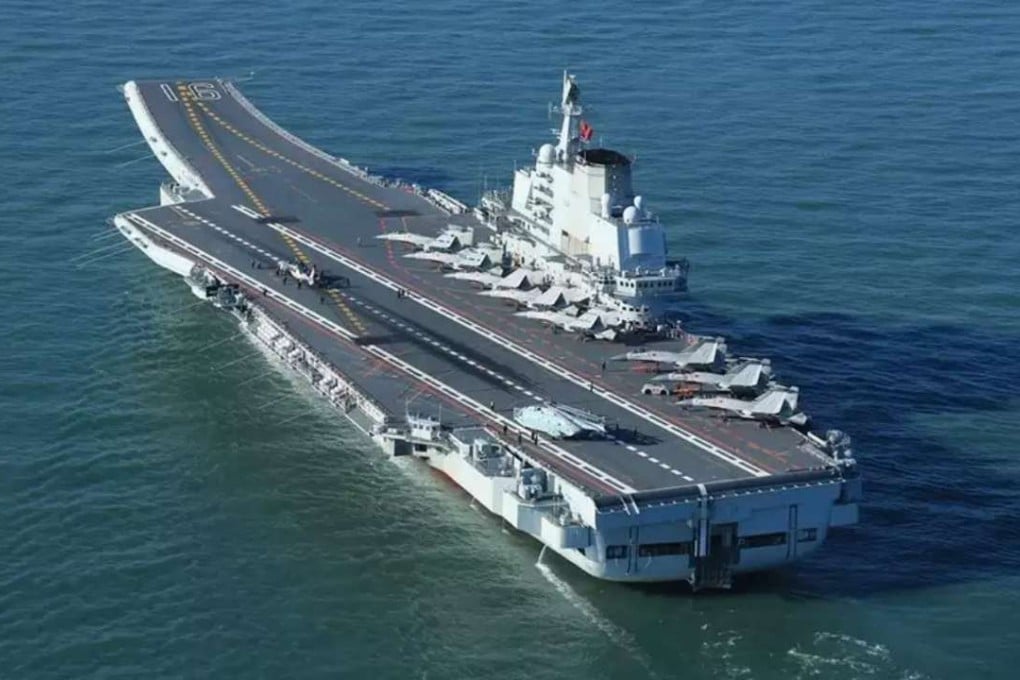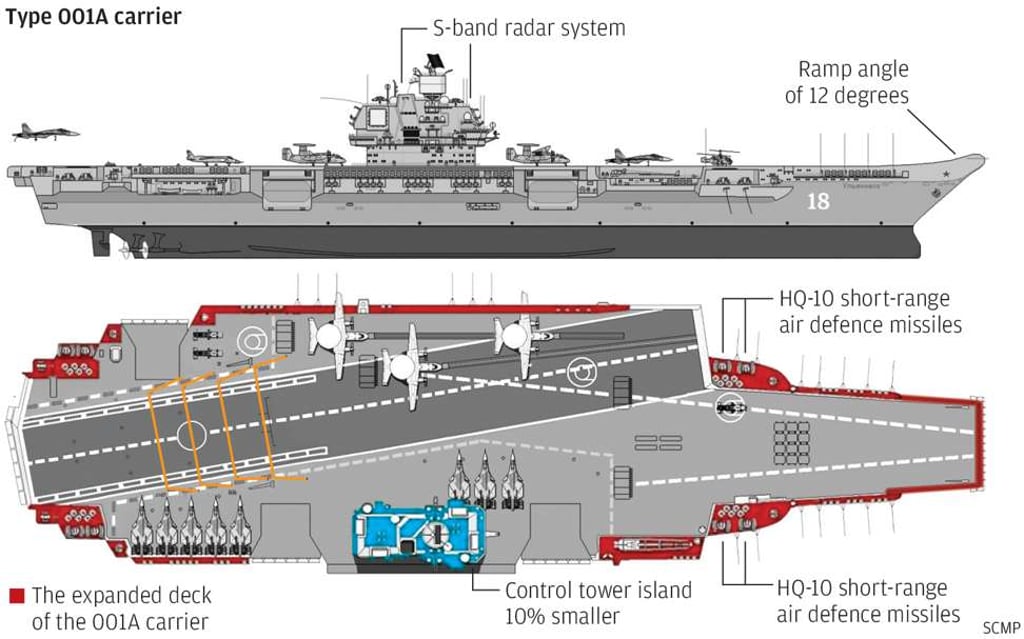No advanced jet launch system for China’s third aircraft carrier, experts say
The PLA will use conventional steam catapults to launch aircraft on its second domestically made flat-top, military specialists say

China will not adopt highly advanced electromagnetic take-off technology on its second domestically built aircraft carrier but instead rely on a conventional system, naval experts say.
TheType 002 vessel – the country’s third aircraft carrier after the Liaoning and the Type 001A carrier under construction in Dalian – would be equipped with at least three conventional steam launch catapults, a source close to the navy told the South China Morning Post.
But it would be the first Chinese aircraft carrier to use this type of launch system.
“There are still some technical problems applying nuclear propulsion to the carrier platform, so the Type 002 will still use steam catapults,” the source said.
“But this is still a breakthrough compared with Liaoning and the Type 001A carrier, both of which are equipped with ski-jump ramps.
